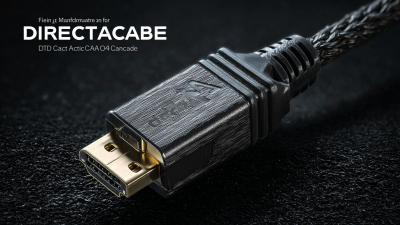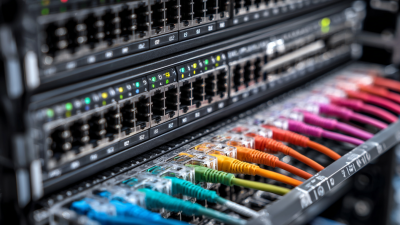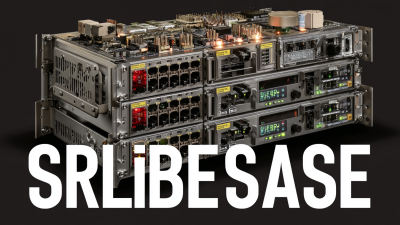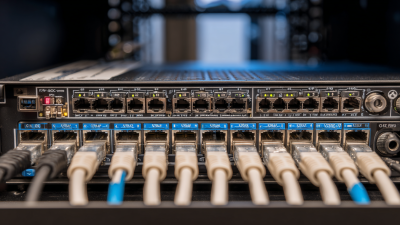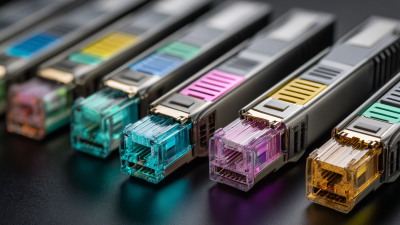Leave Your Message
In the rapidly evolving landscape of data transmission, maximizing efficiency is paramount for businesses aiming to meet the demands of high-speed connectivity. As per recent industry reports, the global demand for bandwidth is expected to increase by 39% annually, necessitating advanced solutions for data transfer challenges. The implementation of 40G QSFP+ Active Optical Cables is recognized as a vital strategy to address this need. These cables not only offer a compact design but also provide superior energy efficiency and reduced latency compared to traditional copper alternatives.
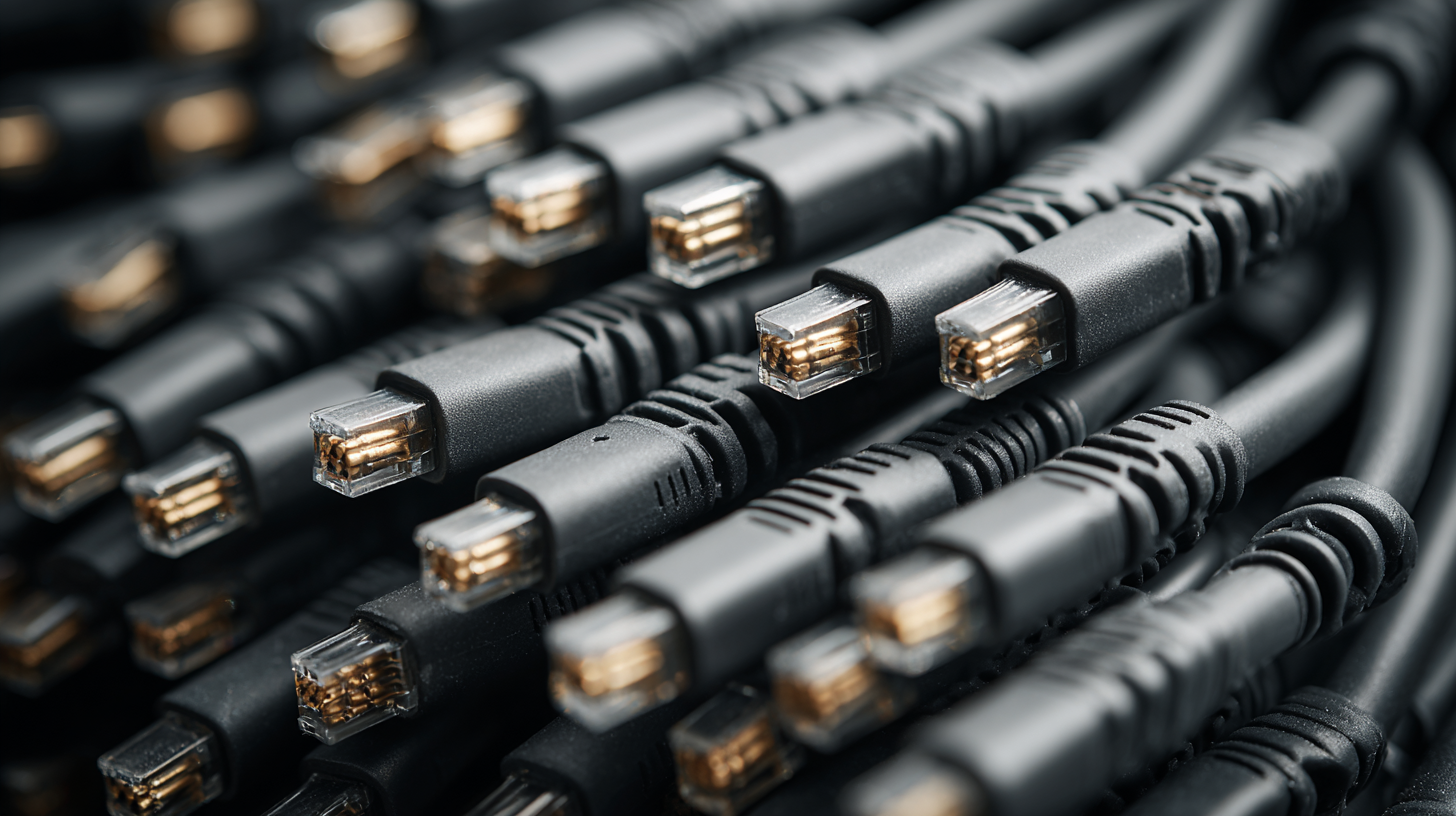 Additionally, with a capacity to transmit data over distances exceeding 100 meters, they ensure seamless connectivity in data centers and enterprise networks. As organizations strive for optimal performance and cost-effective solutions, understanding how to leverage 40G QSFP+ Active Optical Cables will be crucial for enhancing data transfer efficiency in a bandwidth-hungry digital ecosystem.
Additionally, with a capacity to transmit data over distances exceeding 100 meters, they ensure seamless connectivity in data centers and enterprise networks. As organizations strive for optimal performance and cost-effective solutions, understanding how to leverage 40G QSFP+ Active Optical Cables will be crucial for enhancing data transfer efficiency in a bandwidth-hungry digital ecosystem.
The demand for higher data rates and improved performance in networking infrastructure has led to the increased adoption of 40G QSFP+ Active Optical Cables (AOCs). These cables provide an efficient solution for high-speed data transfer, particularly in data centers and high-performance computing environments. A 2021 industry report by the Ethernet Alliance indicated that the data center market is projected to grow significantly, with a compound annual growth rate (CAGR) of approximately 12% through 2025. This surge is driven largely by the need for robust data infrastructures, where 40G AOCs play a critical role.
Fundamentally, 40G QSFP+ AOCs utilize multimode fiber optics to achieve impressive bandwidth capabilities, offering up to 40 Gbps of bi-directional data transfer over distances of up to 100 meters. Their low latency characteristics, alongside reduced power consumption—reported to be around 0.5 watts per cable—make them particularly attractive for large-scale deployments. Furthermore, unlike traditional copper cables, the lightweight design of AOCs simplifies installation and routing, significantly decreasing the complexity of cable management in high-density configurations, as noted in a 2022 survey by IDC. Such advantages position 40G QSFP+ AOCs as a pivotal component in modern networking setups aimed at maximizing data transfer efficiency.
When considering the implementation of 40G QSFP+ Active Optical Cables (AOCs), it's crucial to identify the most suitable use cases that can truly benefit from this technology. According to the "Optical Networking and Communication" report by Industry Analysts, the growing demand for high-bandwidth applications drives the need for efficient data transmission solutions. Applications such as data center interconnects, high-frequency trading platforms, and large-scale cloud computing all require the low latency and high bandwidth that 40G QSFP+ AOCs deliver.
In the realm of data centers, where increasing traffic and the need for rapid deployment of networking equipment are paramount, 40G QSFP+ cables offer distinct advantages. A report published by the International Data Corporation (IDC) indicates that 40G connections can provide a throughput of up to 4 times that of traditional 10G connections while significantly reducing power consumption. For instance, in large-scale deployment scenarios, the ability to efficiently connect servers and storage solutions becomes critical, as organizations aim to improve their return on investment while ensuring future scalability. This makes AOCs an ideal choice, particularly in environments where space and cooling costs are critical concerns.
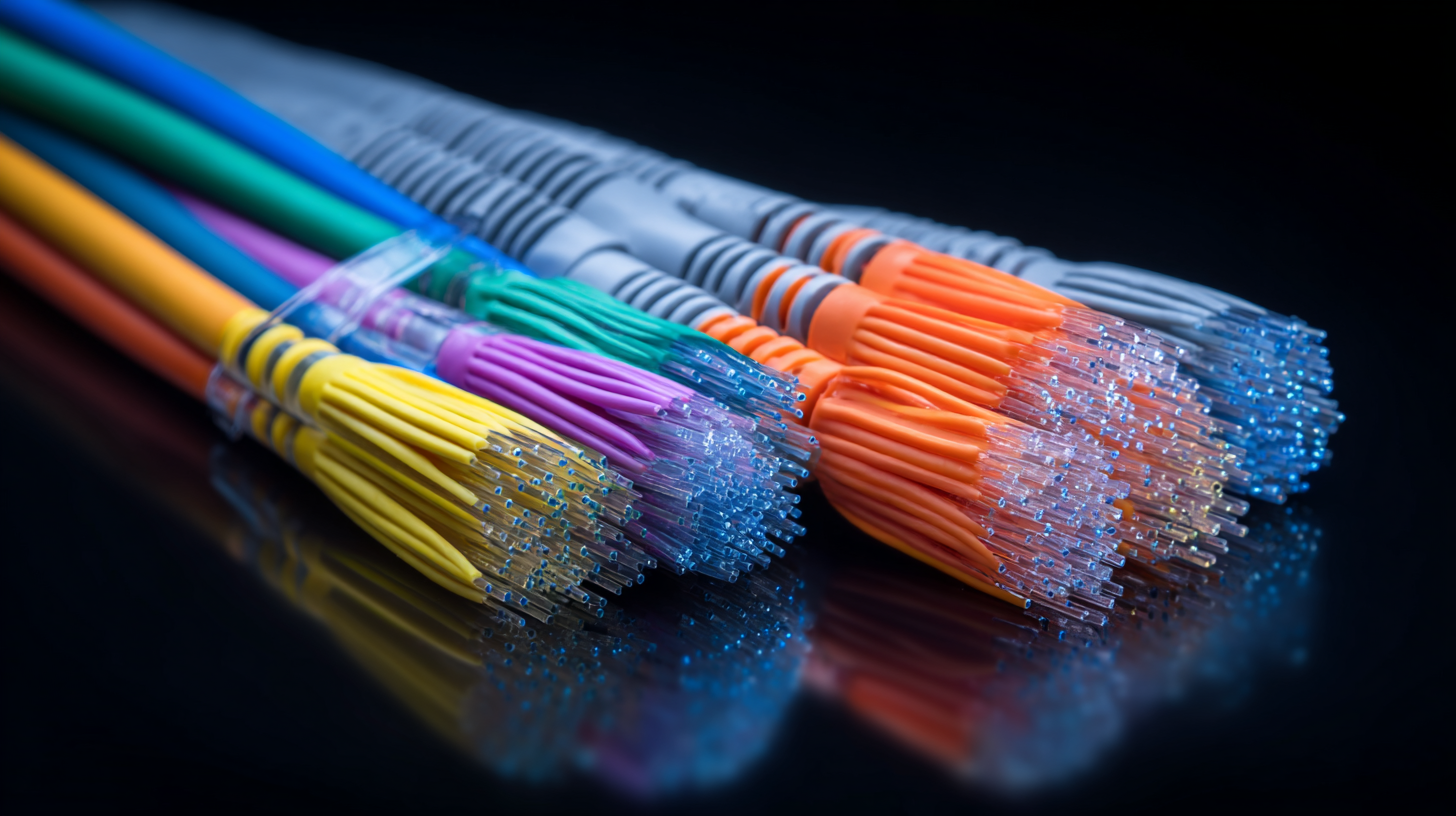
When it comes to maximizing data transfer efficiency with 40G QSFP+ Active Optical Cables, proper installation and setup are crucial. Begin by ensuring that your installation environment is clean and free from dust. Dust can interfere with the optical components, leading to degraded performance. Additionally, it's essential to carefully route the cables to avoid excessive bending or kinking, as this can also negatively impact signal integrity.
Tips: Always use adequate cable management systems to help organize and secure the cables. This not only promotes better airflow but also makes future maintenance easier. Furthermore, regularly check the connections and ensure they are firmly seated to prevent any accidental disconnections that could disrupt your network.
When configuring your network devices, make sure to follow the manufacturer's recommendations for the QSFP+ module settings. Firmware updates can also play a vital role in performance optimization. Stay updated on the latest enhancements to maximize the efficiency of your data transfers. Implementing these best practices will help you leverage the full potential of 40G QSFP+ Active Optical Cables and maintain a high-performance network.
The optimization of network performance with 40G QSFP+ cables plays a crucial role in enhancing data transfer efficiency. Recent advancements in switch technology, such as the introduction of a 48-port switch featuring six 40GbE connections, demonstrate the growing demand for high-speed network solutions. According to industry reports, the adoption of 40G networks is projected to increase significantly, driven by the need for faster data processing in data centers and high-performance computing environments.
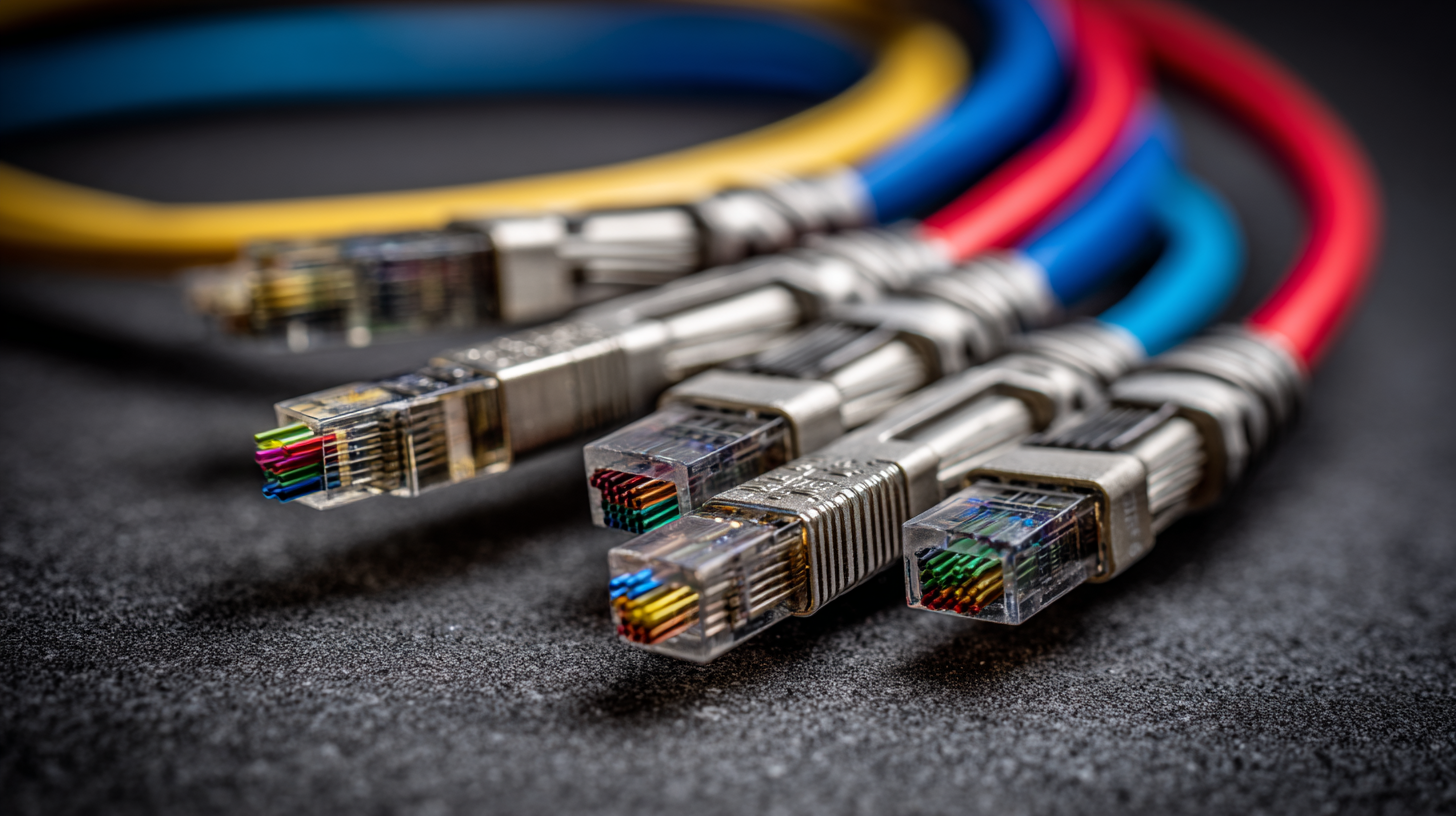
Active Optical Cables (AOCs) like 40G QSFP+ offer notable advantages in terms of reduced power consumption and lower latency, which are paramount for maintaining a competitive edge in data transfer. With the capability to support longer distances while minimizing signal attenuation, these cables are a key component in modern network infrastructures. Studies indicate that utilizing the right cabling solutions can result in a performance uplift of up to 40%, especially in bandwidth-intensive applications such as gaming, where efficient data transmission directly correlates with user experience. As organizations continue to prioritize high-speed connectivity, the integration of 40G QSFP+ cables will remain essential for achieving optimal network performance.
When working with 40G QSFP+ Active Optical Cables, troubleshooting common issues is essential to ensure optimal performance. One prevalent problem users encounter is signal degradation, often caused by improper cable connections or excessive bending. Ensuring that cables are securely connected and avoiding sharp bends can mitigate these issues. Regular diagnostics can also help identify defects or interference, allowing users to maintain high data transfer efficiency.
Another challenge is compatibility with existing networking equipment. Incompatibility can lead to reduced performance or connectivity failures. To address this, it is important to verify that the QSFP+ AOCs are compatible with the systems in use. Additionally, manufacturers are increasingly incorporating features that provide connectivity diagnostics, allowing users to monitor cable integrity and performance. These advancements help users proactively manage their networking solutions, ultimately supporting the demands of high-performance computing and data-intensive applications.
